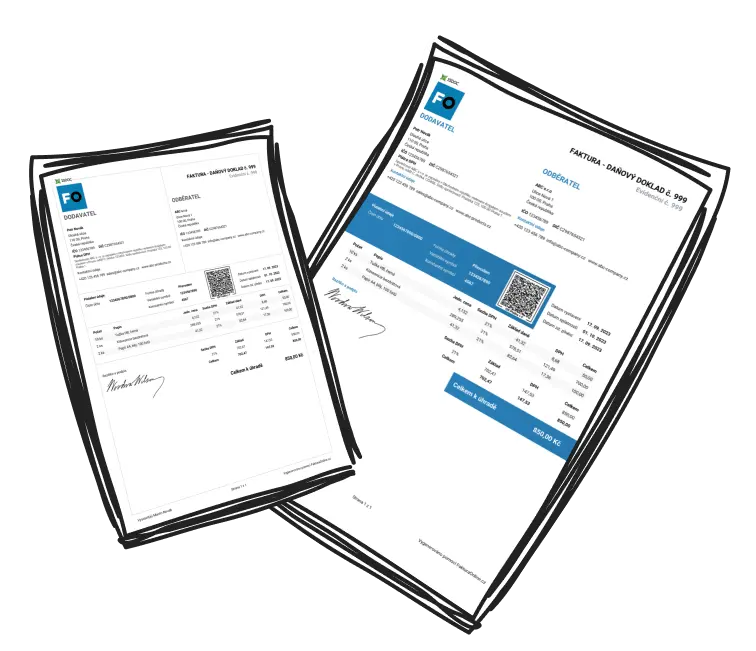Invisible fees are service-related expenses that professionals often don't charge for because they are less obvious or not directly specified. These hidden expenses can include indirect tasks or overhead activities that are essential for completing a project but are often overlooked. Examples include administrative tasks like scheduling, sending follow-up emails, or creating reports. They could also encompass costs for minor subscriptions, materials, or tools, such as organizing virtual meetings or printing documents.
Invisible fees include indirect services.
Examples are preparation time, email communication, consultations, and software costs.
Making these fees 'visible' boosts revenue without extra workload.

What Should I Charge for That I'm Likely Not Billing Clients?
You're likely doing more than your core service, and these additional efforts can often be considered invisible fees. Ensure you’re not giving added value away for free by effectively accounting for and billing these costs. Below are common tasks that are overlooked and that should be included in your billing structure.

- Administrative work: Emails, follow-ups, contracts, invoicing, and scheduling.
- Research or preparation time: Project studies, data gathering, or test runs.
- Consultations or brainstorming: Discovery calls or strategy discussions outside the scope.
- Subscription costs: Fees for tools like Adobe Suite, Canva, or Dropbox.
- Travel costs: Time and expenses for client meetings or deliveries.
How Can Invisible Costs Impact My Business Revenue?
Unbilled invisible fees not only decrease profitability but also mean that the value of your services is not fully recognized. Ignoring these costs can lead to significant long-term losses and affect your business's financial health.
Additionally, absorbing these costs can lead to burnout, as you work more hours for less money. Consistently undercharging also sets the wrong expectations with clients, encouraging demands for free services and ultimately diminishing the perceived value of your expertise.

If you don't bill for all aspects of your services, your business margins suffer, your clients undervalue your work, and over time, your productivity and morale can decline.
Why Do Professionals Forget to Bill Certain Costs to Clients?
Many professionals overlook billing invisible fees due to fear or lack of awareness. These expenses, such as time spent on quotes or documentation, are often not seen as integral parts of their service. Some worry that specifying additional costs will anger clients or make them seem greedy. Others underestimate their efforts and don't see research, preparation, and small tasks as integral to the service. A lack of tools for tracking time and expenses exacerbates the issue, while emotions like guilt or hesitation complicate billing for additional work.

Example
Not billing for a 15-minute consultation or a quick email response may seem negligible, but if routinely ignored across multiple projects, it can add up to a significant revenue leak.
What Practices Ensure I Bill for All Services Rendered?
Small changes in your billing approach, such as effectively managing and accounting for invisible fees, can significantly improve your revenue without alienating clients. By making these hidden expenses visible, you enhance your business's financial stability. Here's how you can effectively manage and charge for invisible fees.

- Log all hours: Use tools like Toggl or Clockify to log every task, both main and incidental.
- Automate invoices: Use software like FreshBooks or QuickBooks to bill accurately.
- Communicate clearly: Discuss fees upfront so clients understand your pricing structure.
- Standardize itemization: Create a template for your invoices to list costs that are often overlooked.
- Bundle services: Create pricing models that include administrative work and other hidden fees, so you don’t have to justify each cost.


